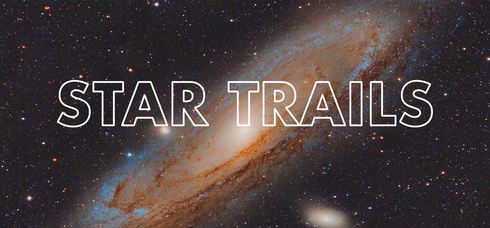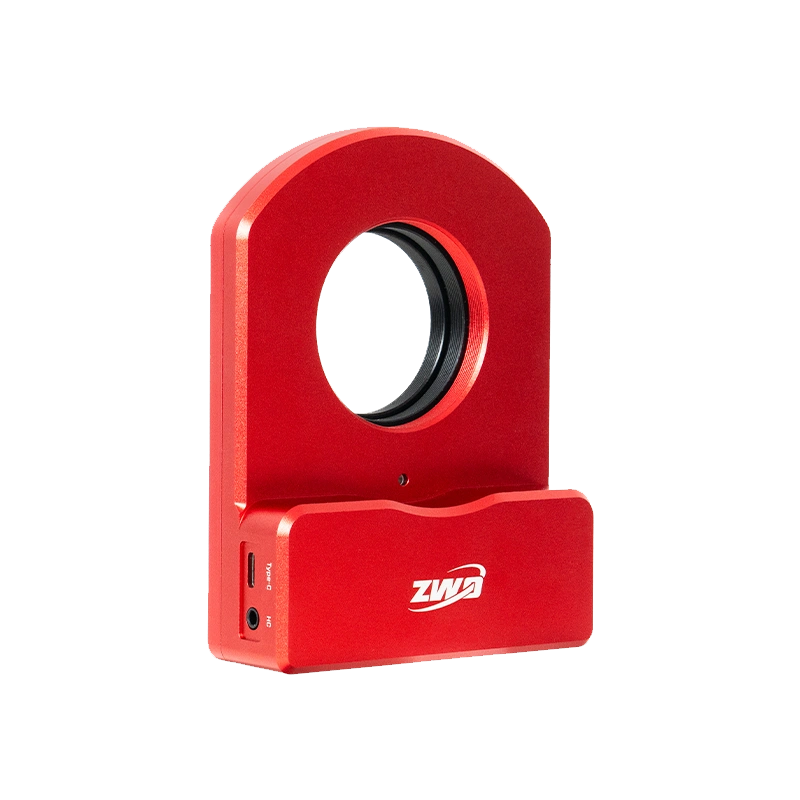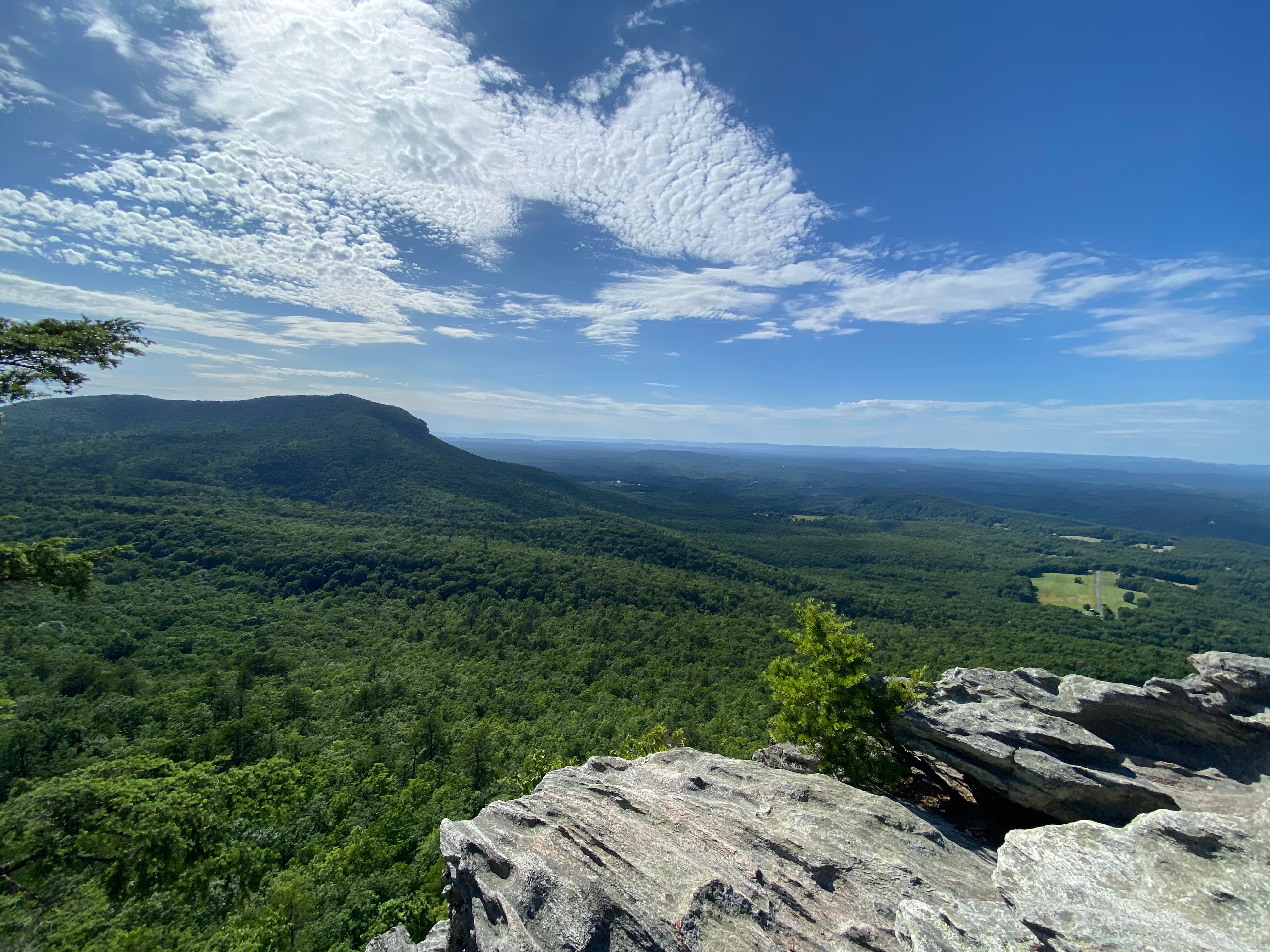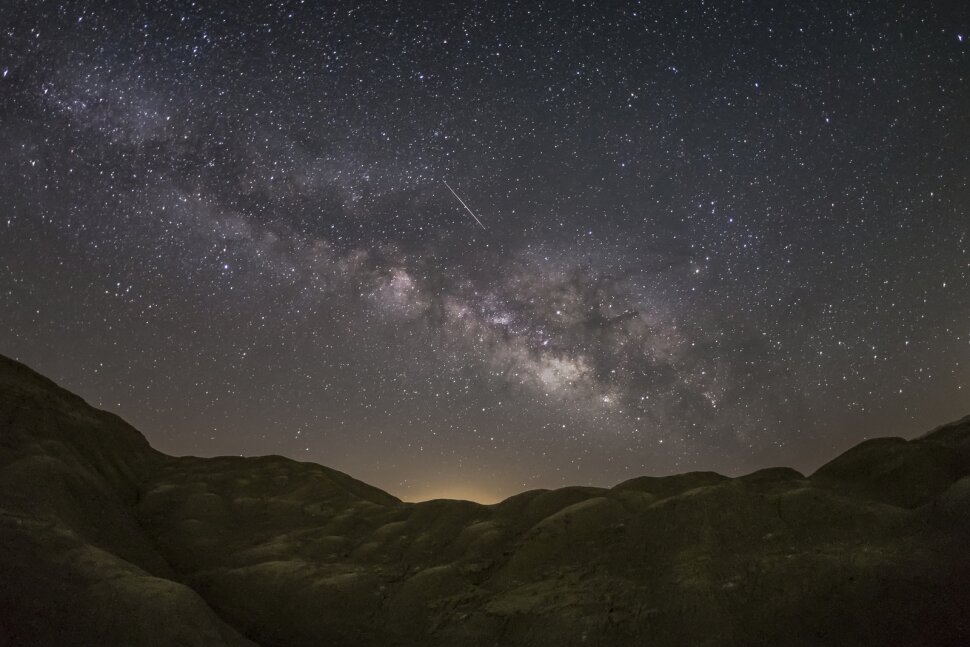Last Updated on January 28, 2022 by Practical Astrophotography Staff
Star Trails
If you’re fascinated by starry skies, star trails are an excellent place to start. As star trail photography involves capturing the movement of stars around the Earth in the night sky, you’ll be able to get lots of practice and capture some truly jaw-dropping images that are versatile and unique.
Aurora Borealis
The Aurora Borealis speaks for itself. If you’re lucky enough to see the Aurora Borealis from where you live, try capturing it. You’ll surely get some stunning images that’ll only foster your passion for astrophotography. If you don’t live close enough, we recommend looking into Aurora Borealis photography to get inspired on how to frame your night sky photos like a pro.
The Milky Way (and other galaxies!)
This one may be obvious, but if you’re an astronomy lover looking to get started in astrophotography, you can’t go wrong with The Milky Way (and all other galaxies)! You won’t be able to get enough of this gorgeous galaxy. And once you’ve mastered the Milky Way, there are a ton of other galaxies waiting for you: Andromeda, Triangulum, Whirlpool, and more!
Noctilucent clouds
If you don’t know what noctilucent clouds are, you should! Noctilucent clouds or ‘shining clouds’ are cloud-like phenomena located in the uppermost atmosphere of the Earth only visible during astronomical twilight. Due to their glimmering crystal appearance, they look just as fascinating as deep-sky astronomical objects.
Comets
While you’d ideally use a telescope to capture a comet, you may get lucky with just a DSLR camera. Comets are often very random and not very bright, but if you manage to sight a comet that is large enough and visible to the naked eye, go for it! If not, don’t forget about meteor showers! Much more common than comets, meteor showers are real show (especially for your camera!).







